The info needed to make log and exponential converters with silicon is widely available. The saturation current, intrinsic resistances, and the Ebers-Moll equation are sufficient. A few other numbers help extend the functional range.
Does similar information exist for LEDs? If so, can someone point me to it?
How much voltage increase does it take to double LED current? Is it the same for different LED colors and semiconductor formulations? How much does it vary with temperature? How much current can you push through one before the internal resistance contributes too much error? How little current can you push through one before nonlinearities and errors overwhelm the signal? Do they need to be blacked out so that ambient light can't affect them?
